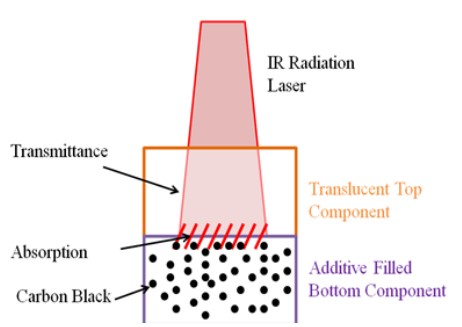

These two words refer to the physical properties of certain things that are usually used by people or used in building different structures or houses. The terms “transparent” and “translucent” are used in the field of material science and optics etc.

We can partly see-through translucent objects, and they are also called as partially-see-through objects. We can clearly see through transparent objects, and they are also called as see-through objects. The color of a translucent material depends on the amount of light scattered, absorbed, and reflected by it.Īn object that is on the other side of a transparent material is clearly visible.Īn object that is present on the other side of a translucent material is only visible to some extent. The color of a transparent material depends on the light that it emits. Only partial light can pass through a translucent material.Ī transparent material follows the law of refraction.Ī translucent material does not follow the law of refraction.Ī clear image formed by a transparent material.Ī translucent material shows partial visibility and does not allow a clear image formation. Transparent material allows all light to pass through it without being scattered. The current spelling (rare before the 19th century) has been influenced by the French form.Easily understood or seen through (because of a lack of subtlety) a transparent explanation a transparent lie Comparison Chart TransparentĪ material or object that is perfectly clear in its appearance is known as transparent.Ī material or object that is semi-clear in its appearance and maybe frosted, stained, or darkly colored, etc. Late Middle English opake, from Latin opacus ‘darkened’. Opacity can be quantified in many ways for example, see the article mathematical descriptions of opacity.ĭifferent processes can lead to opacity including absorption, reflection, and scattering. More extreme frequency-dependence is visible in the absorption lines of cold gases. For instance, some kinds of glass, while transparent in the visual range, are largely opaque to ultraviolet light. Opacity depends on the frequency of the light being considered.

Both mirrors and carbon black are opaque. Other categories of visual appearance, related to the perception of regular or diffuse reflection and transmission of light, have been organized under the concept of cesia in an order system with three variables, including opacity, transparency and translucency among the involved aspects. An opaque substance transmits no light, and therefore reflects, scatters, or absorbs all of it. Reflection can be diffuse, for example light reflecting off a white wall, or specular, for example light reflecting off a mirror. When light strikes an interface between two substances, in general some may be reflected, some absorbed, some scattered, and the rest transmitted (also see refraction). An opaque object is neither transparent (allowing all light to pass through) nor translucent (allowing some light to pass through). In radiative transfer, it describes the absorption and scattering of radiation in a medium, such as a plasma, dielectric, shielding material, glass, etc. Opacity is the measure of impenetrability to electromagnetic or other kinds of radiation, especially visible light. transparency behind each panel is a star. JSTOR ( February 2010) ( Learn how and when to remove this template message)Ĭomparisons of 1.Unsourced material may be challenged and removed. Please help improve this article by adding citations to reliable sources. This article needs additional citations for verification.


 0 kommentar(er)
0 kommentar(er)
